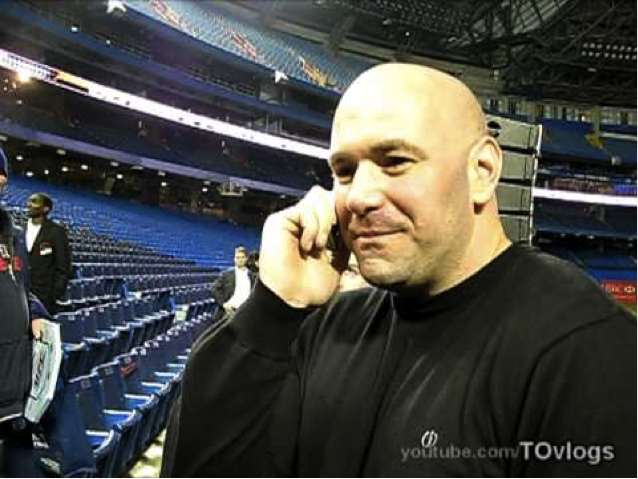 Over the past few years it has become apparent that social media will play an important role in the MMA community.
Over the past few years it has become apparent that social media will play an important role in the MMA community.
Everyday people are passed over on jobs because their prospective employer searched their Facebook profile and found an inappropriate picture, post, or anything that may be considered a “red flag.” However, social media can also have a positive impact if used effectively, and the MMA community is no exception.
In May of 2011, the UFC installed a “twitter bonus” program that pays out $240,000 a year in bonuses to fighters under contract. The bonuses are based on number of Twitter followers, percentage of increase in followers, and creativity of tweets in 3-month periods.
In August of 2012, perennial UFC antagonist and former title contender Chael Sonnen, used Twitter to publicly attack Jon Jones. The two exchanged several tweets and undoubtedly captured the attention of there combined nearly 1.5 million Twitter followers. After receiving countless Twitter requests for the two to square off, White gave Chael the title shot he was seeking – one that he would loose to Jones in the first round by TKO.
Although he was not victorious in the ring, Chael Sonnen opened the eyes of his fellow UFC competitors and paved the way for shameless self promotion. Now, it is normal for fighters to use social media to get fights booked, obtain sponsorships, and to gain a larger fan base. Conor McGregor and Cole Miller are a great example. The two UFC featherweights took to Twitter to trash talk one another. After this continued for several months, it seems that Dana White and the rest of the UFC brass have taken notice – it’s likely the two will square off in Ireland this summer.
Fighters take to Twitter to voice complaints on a variety of issues ranging from fighter contracts with the UFC to hurt feelings from fans remarks. Mark Hunt took his displeasure with his UFC contract to Twitter. White quickly caught wind of Hunt’s displeasure and resolved the fighter’s issues quickly enough to book Hunt vs Junior Dos Santo at UFC 160. In an interview with MMAjunkie UFC light heavyweight Rashad Evans said the following regarding tweets that fans direct towards athletes, “If I read a couple and get mad, and I feel like saying something back? That’s when I know I need to cool out for a second and turn it off,” Evans told MMAjunkie. “Because Twitter, it’s great, but Twitter will hurt your damn feelings, man.” Just another example of how Twitter affects fighters and athletes on a daily basis.
Just a few short weeks ago UFC light-heavyweight Daniel Cormier was left without an opponent only 10 days before his scheduled fight at UFC 170. In the weeks leading up to the fight UFC President, Dana White, caught word of a former collegiate wrestler Patrick Cummins. Cummins had sent several tweets to White how he “made him (Cormier) cry”. The subsequent fan reaction via Twitter, was one of many factors that influenced White to sign Cummins to the UFC. Cummins had just 9 days to prepare before he was knocked out in 79 seconds by Cormier at UFC 170.
Social Media is an instrumental part of the UFC’s ability to interact with fans, and that begins and ends with President Dana White. White constantly tweets to his 2.82 million followers during weigh-ins, press conferences, and even fights. It allows him to not only connect with his fans, but also give fans the opportunity to voice their opinions. White frequently replies to fan tweets, and even replies to his own fighters. Recently, UFC lightweight Nate Diaz asked for his release from his UFC via Twitter, tweeting “I would like to request to be released from the @UFC. It’s time for me to be on my way .. ?” White quickly replied to Diaz via Twitter, saying, “to get back to work”.
If fighters and UFC executives continue to use social media as they have, there’s no telling what kind of fireworks we will see in the future.
